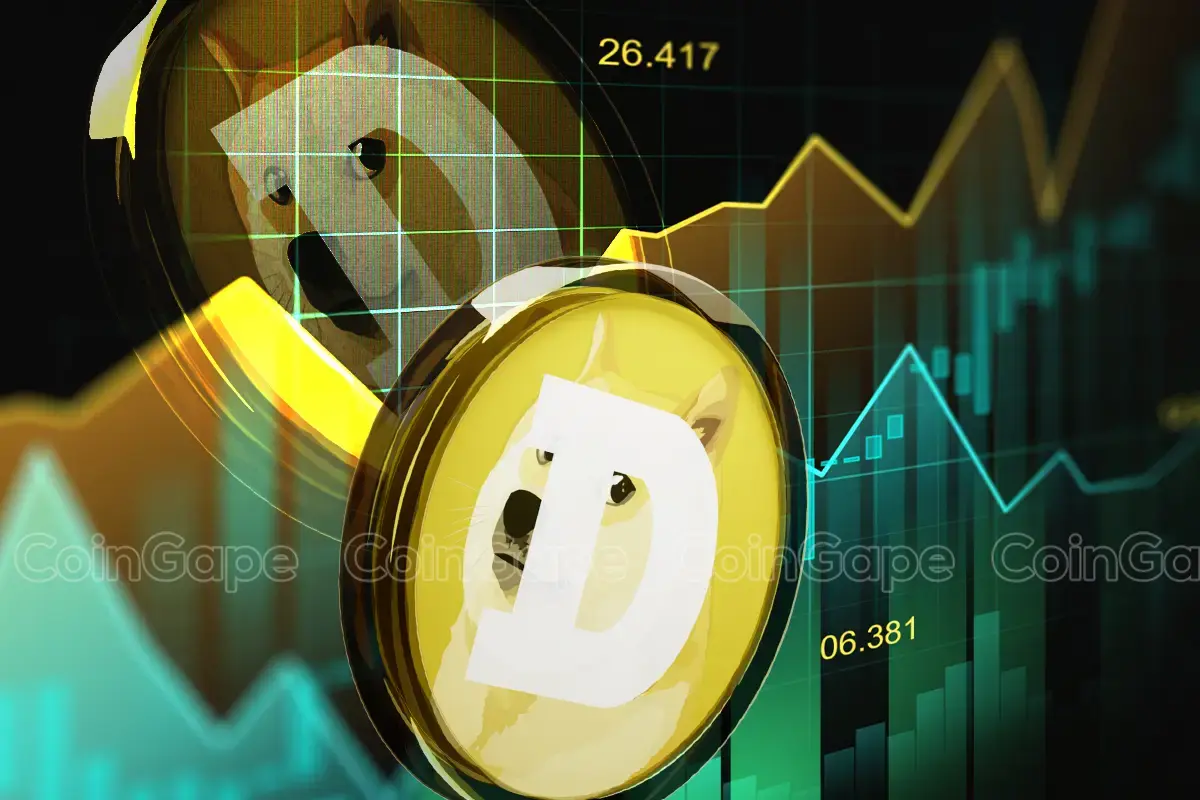Ethereum’s Illusion of Riches
The Misleading Treasuries of Ethereum Projects
Ethereum-based projects have long been celebrated for their substantial treasuries, with some claiming billions of dollars in native tokens. However, a closer examination reveals that these impressive figures might be more illusion than reality, as many of these assets are backed by volatile or illiquid tokens.
It is no secret that many Ethereum projects have amassed significant wealth through token sales and fundraising efforts. In fact, some projects boast treasuries in the billions of dollars, leading investors to believe that they are financially secure and well-positioned for long-term success.
The Reality Behind the Numbers
But a deeper look into the composition of these treasuries reveals a different story. Many of these assets are tied up in volatile or illiquid tokens, which can fluctuate in value drastically and are difficult to convert to cash when needed. This means that while these projects may appear wealthy on paper, their actual financial stability is much more precarious.
Furthermore, the sheer size of these treasuries can also be misleading. Just because a project holds billions of dollars in assets does not necessarily mean that they have the resources or liquidity to sustain themselves in the long run. In fact, many projects have struggled to manage their treasuries effectively, leading to financial instability and even bankruptcy.
The Impact on Investors
For investors, this illusion of riches can be a dangerous trap. By falsely believing that a project is financially secure, they may be more likely to invest their own money without fully understanding the risks involved. When these projects inevitably run into financial trouble, investors are left holding the bag and may suffer significant losses as a result.
The Ripple Effect on the World
On a broader scale, the prevalence of illusionary treasuries in the Ethereum ecosystem can have far-reaching consequences. As more projects struggle with financial instability, it could erode confidence in the entire ecosystem and make it more difficult for legitimate projects to secure funding. This could stifle innovation and slow down the development of new technologies, ultimately hindering the growth of the blockchain industry as a whole.
Conclusion
While Ethereum-based projects may appear to be sitting on vast treasuries of wealth, the reality is often far less rosy. Many of these assets are backed by volatile or illiquid tokens, making their financial stability much more tenuous than it appears. Investors should exercise caution when evaluating these projects, and the industry as a whole must address the challenges posed by illusionary treasuries to ensure its long-term viability and success.





